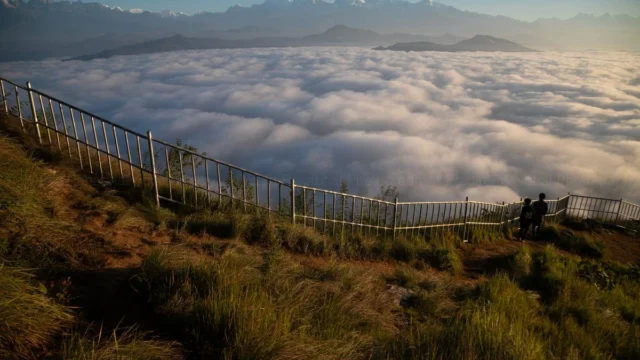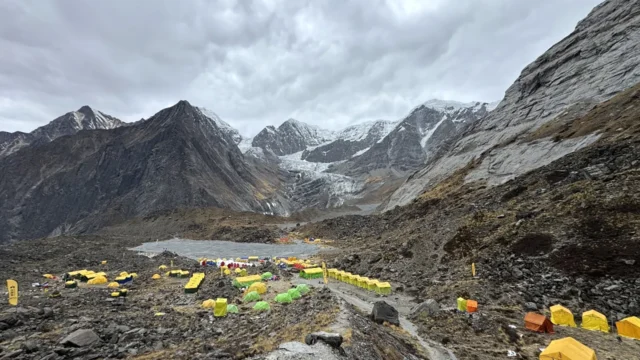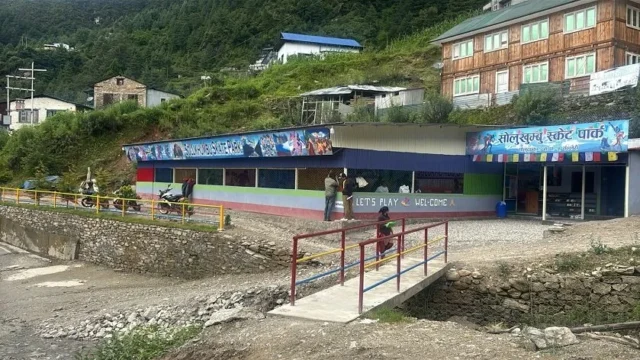Nepal, renowned as a premier destination for tourism, has experienced significant changes over time. The development of road infrastructure has transformed many traditional trekking routes into roadways, leading to the need for finding and promoting new destinations.
Historically, trekking routes such as Everest, Annapurna, and Langtang have shortened due to the expansion of roads. What once took three to five weeks to explore can now be completed in two to three weeks. As a result, there is a concerted effort to identify and promote alternative trekking destinations.
The COVID-19 pandemic caused a slowdown for the Trekking Agencies’ Association of Nepal (TAAN). During that period, the industry faced challenges, and now, it is crucial for trekking businesses to seek new destinations to survive and thrive. Over the past two years, significant work has been done on around 5 to 6 new destinations, including areas connected to Manaslu, Gorkha, Lamjung, and Chauri Deurali in Kavrepalanchok, among others. Although developing these destinations will take time, efforts are being made to accelerate the process.
Nepal’s potential for tourism is vast, with many regions still unexplored, particularly in the Far West. However, there are challenges in managing and promoting trekking trials in some municipalities. Nepal’s future economic growth heavily relies on tourism, and it is essential to integrate tourism with national development plans.
TAAN and the Nepal Tourism Board are both investing in tourism promotion. The Nepal Tourism Board receives an annual budget of approximately NPR 2 billion, but there has been limited progress in utilizing this budget effectively. To enhance tourism, focusing on marketing and attracting international tourists is crucial.
Sustainable tourism is also a key focus. With around 2,500 trekking companies operating in Nepal, ensuring quality and safety is essential. While many companies maintain high standards, there are concerns about some operators seeking short-term profits or lacking proper training. To address these issues, TAAN conducts biannual training and is working to increase it to three times a year.
Nepal’s tourism industry must adapt to changing times and new trends. The goal is to identify new destinations, enhance safety, and improve overall quality. Despite challenges, there is significant potential for growth, particularly in less explored areas.
However, the state has yet to fully support the tourism sector. There is a need for better coordination and planning, especially regarding border tourism and infrastructure development. If Nepal is to remain a leading destination, it must innovate and improve its management practices, ensuring that tourism benefits are maximized for the country.
In conclusion, Nepal’s mountainous tourism sector holds great promise. The country’s unique attractions have global appeal, and with effective management and promotion, Nepal can continue to thrive as a world-class tourism destination.






